Window Coverings
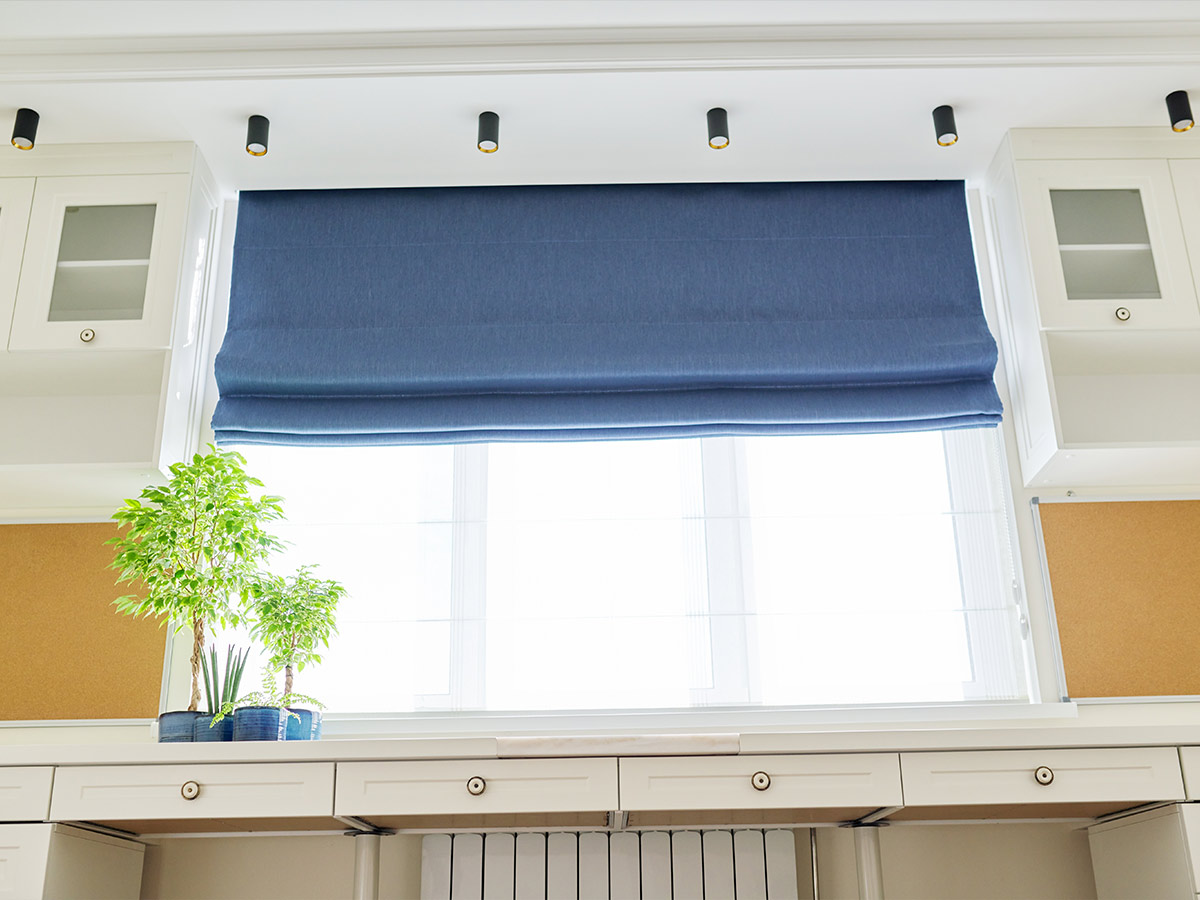
Inflation has significantly impacted window coverings, with prices for items like curtains and blinds rising by 10% over the past year. In response, consumers are seeking cost-effective alternatives, such as using DIY solutions like bedsheets or repurposed fabrics to cover windows.
Some are opting to go without traditional window coverings altogether, relying on natural light or simply using more affordable paper shades.
Medical Equipment

The cost of medical equipment has surged by 8% over the past year due to inflation. Higher prices for raw materials and increased manufacturing costs are key factors.
Consumers and healthcare providers are adapting by purchasing refurbished or second-hand equipment, exploring bulk buying options for discounts, and seeking out financing or leasing arrangements to manage expenses more effectively.
Storage Bins
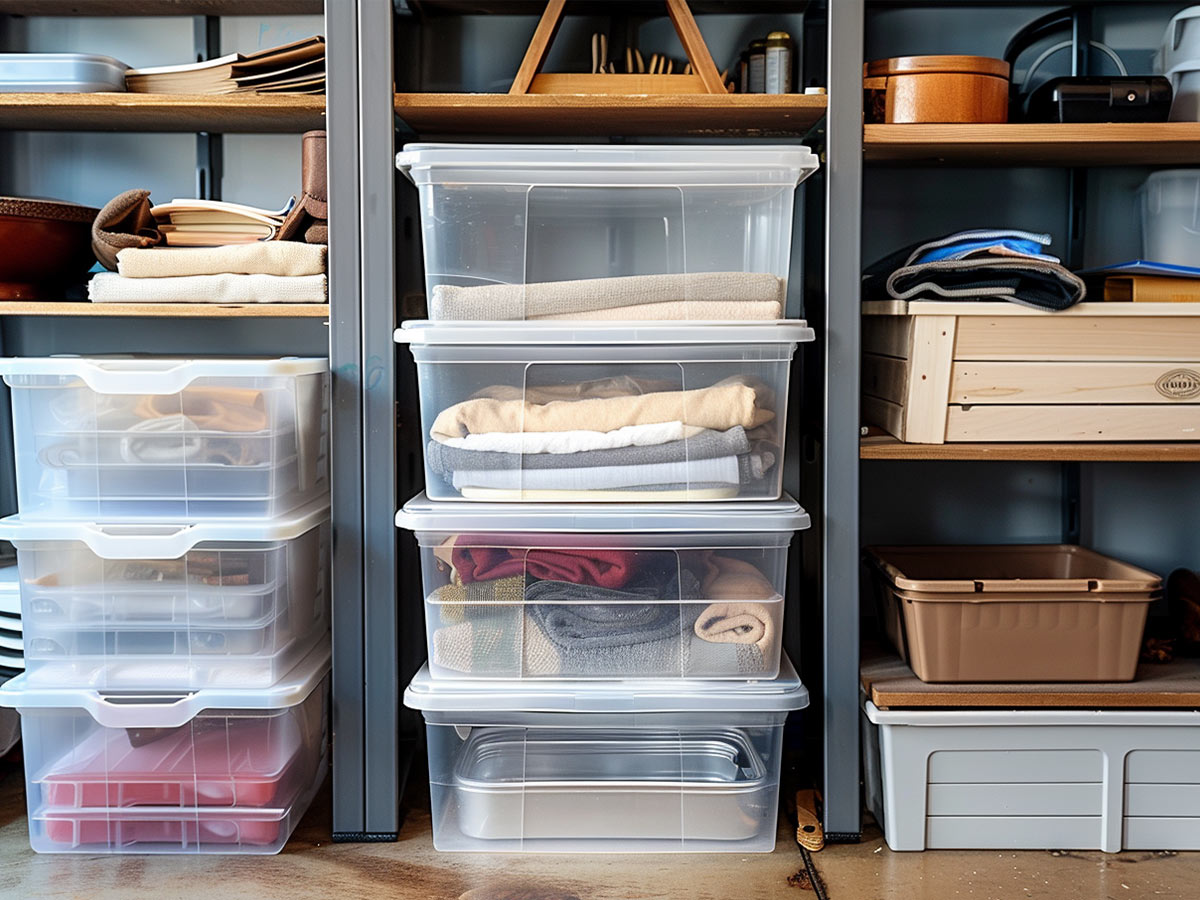
Storage bin prices have increased by 6% over the past year due to inflation. The rise is mainly due to higher costs for plastic and manufacturing.
Consumers are adapting by purchasing during sales, opting for bulk buys, and exploring second-hand options. Some are also getting creative with repurposing items they already own to minimize expenses.
Shampoo

The cost of shampoo has surged, with prices increasing by 8-12% over the past year due to supply chain issues and inflation.
To cope, consumers are buying in bulk, opting for store brands, and making DIY alternatives using natural ingredients like baking soda and vinegar. Additionally, many are extending the time between washes to conserve shampoo.
Small Kitchen Appliances

The rising cost of small kitchen appliances, driven by supply chain disruptions and inflation, has forced consumers to adapt. Prices for items like coffee makers and toasters have increased by 10-15% over the past year.
In response, consumers are repairing old appliances, seeking deals during sales, and turning to second-hand options. Additionally, many are prioritizing multifunctional appliances to save money and space .
Carpets and Rugs

Inflation has caused carpet and rug prices to rise by 6% over the past year. This increase is driven by higher costs for materials like wool and synthetic fibers, as well as elevated manufacturing and shipping expenses.
Consumers are adapting by seeking out sales, opting for lower-cost alternatives, and exploring second-hand or refurbished options. Some are also choosing smaller area rugs instead of wall-to-wall carpeting to manage costs.
Razors and Shaving Cream
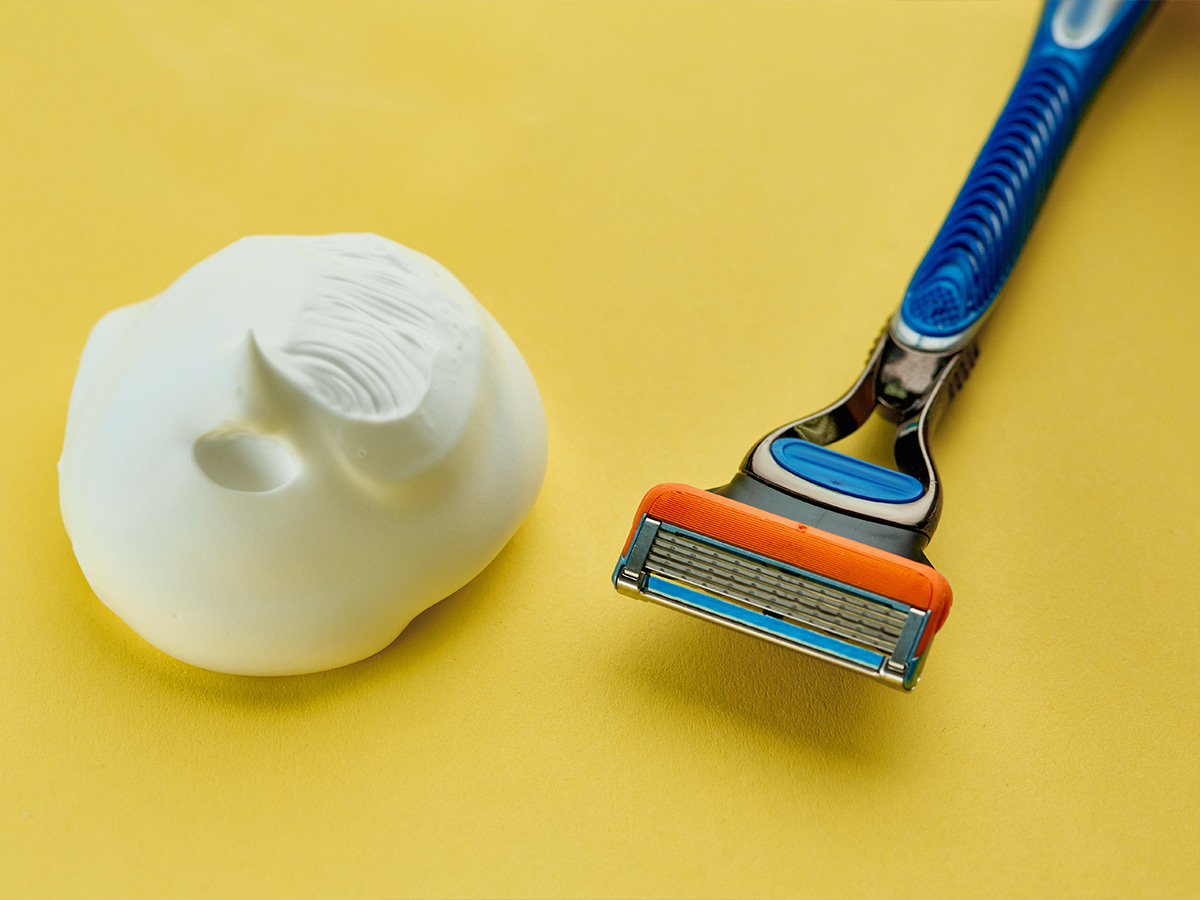
Prices for razors and shaving cream have increased by approximately 5% over the past year due to inflation. This rise is driven by higher costs for raw materials, manufacturing, and distribution.
Consumers are responding by purchasing in bulk, opting for subscription services that offer discounts, and seeking out generic or store-brand alternatives. These strategies help mitigate the impact of rising prices on everyday needs.
Moisturizers and Lotion

Lotions and moisturizers have seen a price increase of about 4% over the past year due to inflation. This is largely due to higher costs for ingredients, packaging, and transportation.
Consumers are adapting by purchasing in bulk, taking advantage of sales, and trying lower-cost alternatives. Some are also extending the usage of existing products to manage their expenses more effectively.
Mattresses
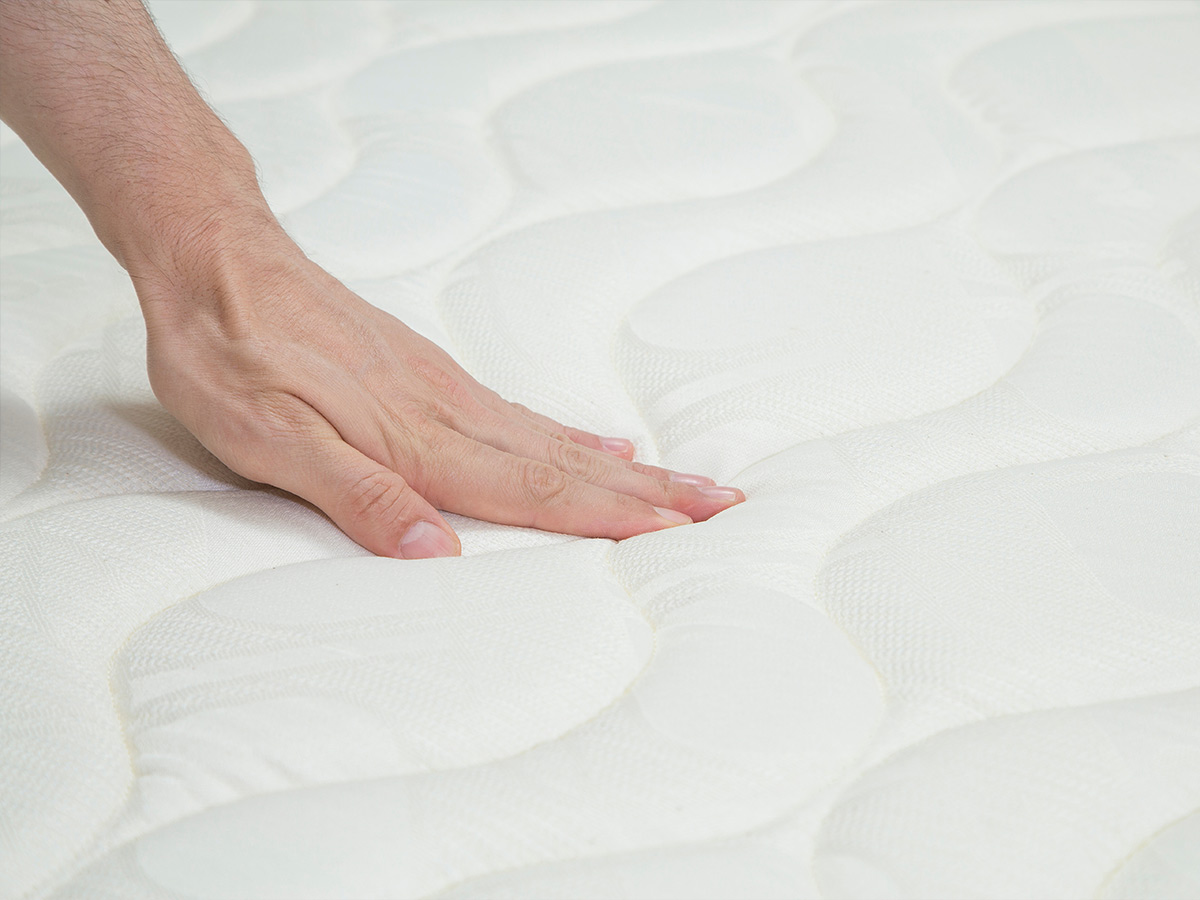
The cost of mattresses has risen by 7% over the past year due to inflation. This increase is attributed to higher prices for materials like foam and springs, as well as increased manufacturing and distribution costs.
Consumers are trying to make do by seeking out sales, exploring financing options, and considering online mattress retailers that often offer lower prices. Some may just opt to use their old mattress until prices begin to drop, too.
Home Decor Items

Inflation has caused home decor prices to rise by 8-12% over the past year, affecting items like furniture, artwork, and decorative accessories.
Consumers are adapting by shopping at thrift stores, purchasing second-hand items, and participating in DIY projects to refurbish old decor. Additionally, many are waiting for sales and discounts, utilizing online marketplaces, and prioritizing multifunctional pieces to maximize value.
Men's Clothing

Men's clothing prices have increased by 7% over the past year due to inflation. Consumers are adapting by shopping at discount stores, purchasing second-hand items, and taking advantage of sales and promotions.
Some are also choosing to repair existing clothing rather than buy new items. This shift reflects a practical approach to managing higher costs.
Medications
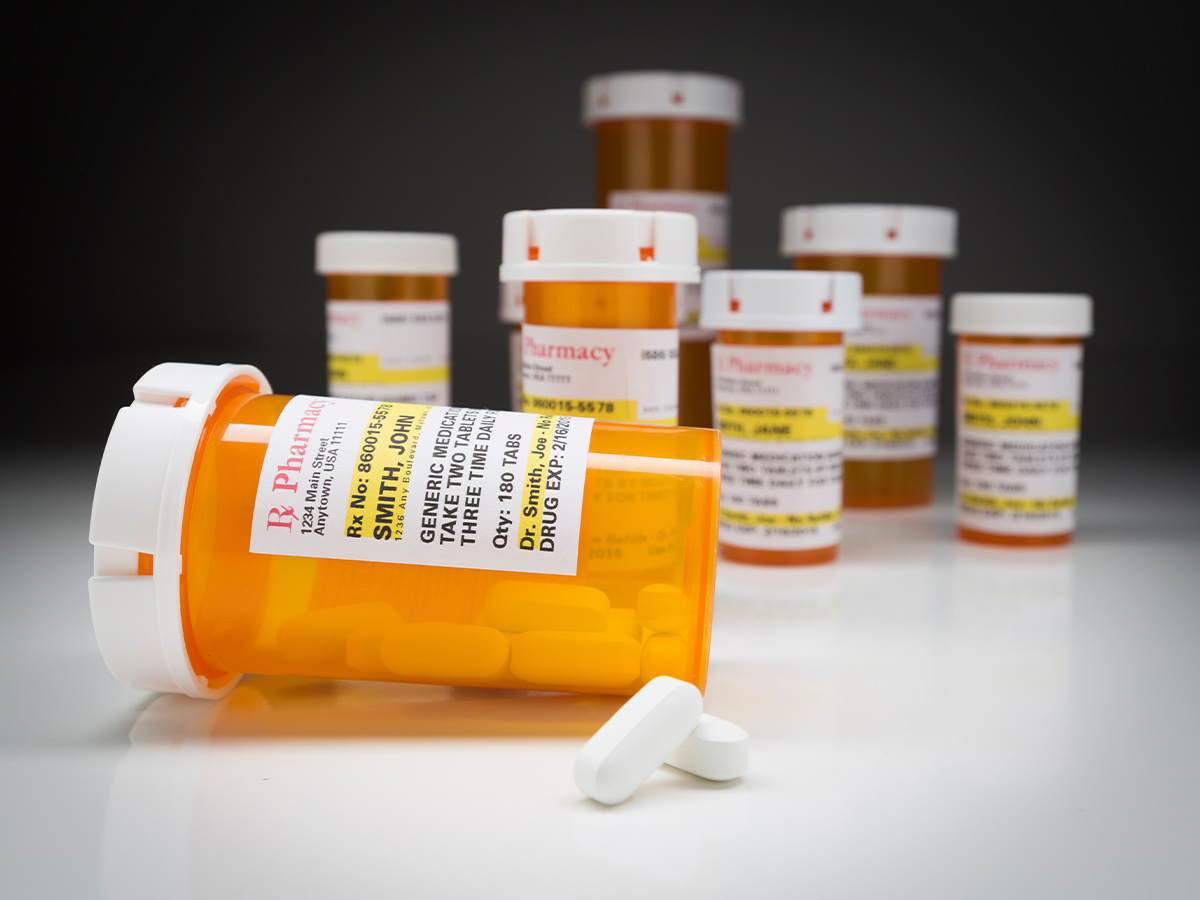
Inflation has significantly impacted medication costs, with prescription drug prices rising by about 5-8% over the past year. Consumers are feeling the pinch, often opting for generic alternatives, which can be 80-85% cheaper than brand-name drugs.
Many are also using discount programs, purchasing in bulk, or exploring online pharmacies to find better deals. Additionally, some are turning to preventative health measures to reduce the need for medication altogether.
Furniture
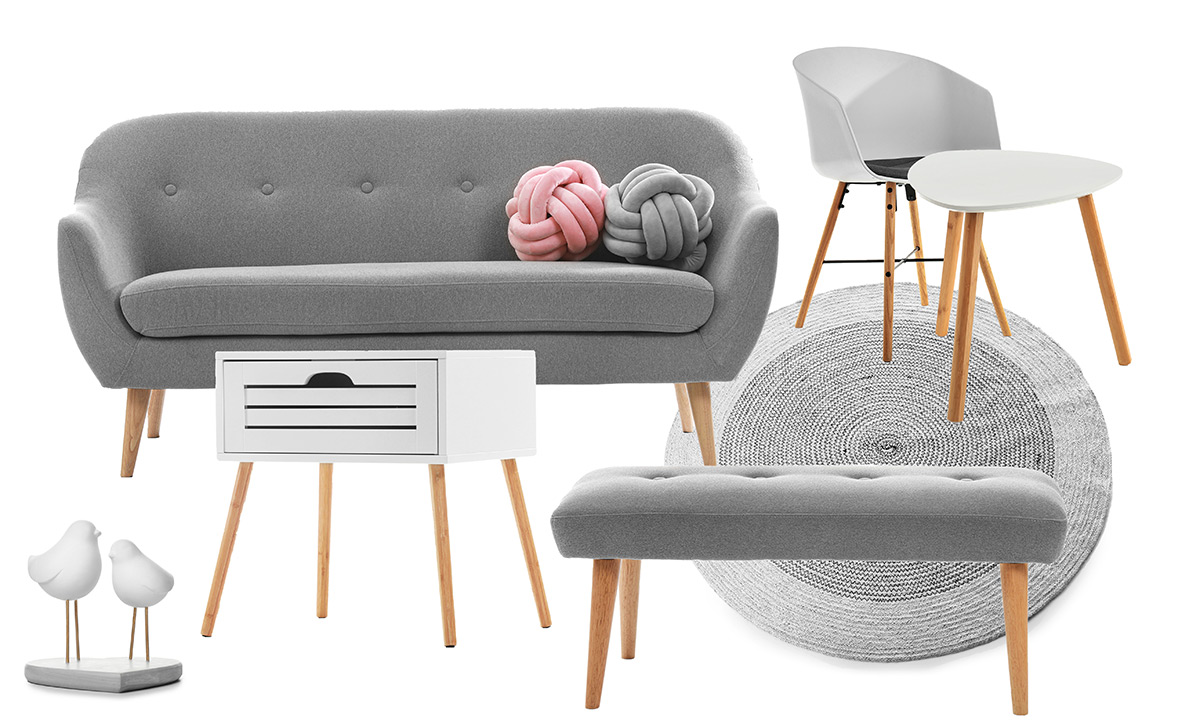
Furniture prices have increased by 9% over the past year due to inflation. Rising costs for raw materials like lumber and metals, combined with higher transportation expenses, have contributed to this surge.
Consumers are responding by buying second-hand furniture, opting for do-it-yourself assembly products, and delaying non-essential purchases.
Candy

The price of candy has risen by approximately 7-10% over the past year, driven by higher costs of sugar and cocoa. In response, consumers are buying candy less frequently, opting for smaller package sizes, and seeking out discounts and sales.
Some are turning to homemade treats as a cost-effective alternative. Additionally, consumers are increasingly purchasing store brands, which are often cheaper than name-brand options.
Shoes
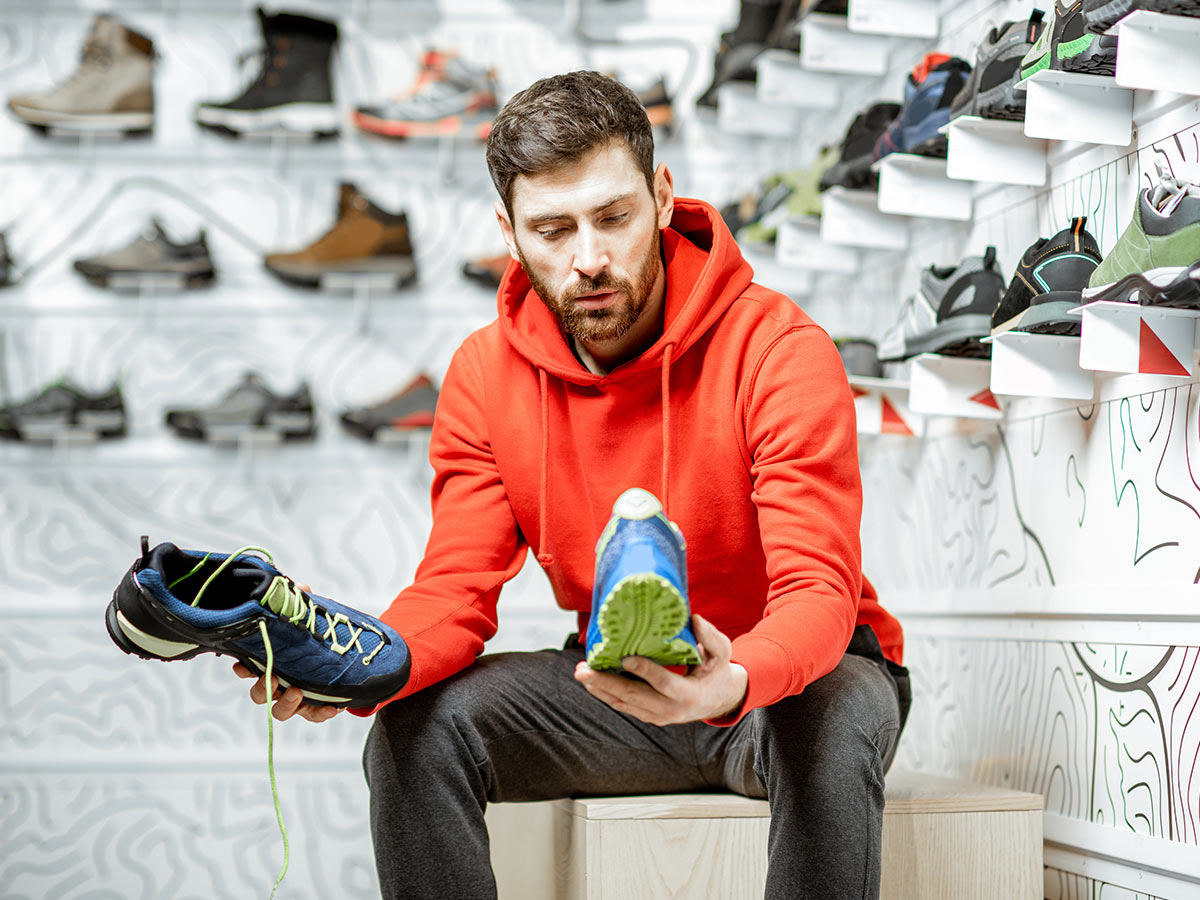
Shoe prices have risen by 5% over the past year due to inflation. This increase is attributed to higher costs for materials, labor, and shipping.
Consumers are coping by taking advantage of sales, buying during off-seasons, and opting for second-hand or discounted shoes. Some are also choosing to repair their existing footwear to extend its life and reduce expenses.
Swimwear

Inflation has driven up swimwear prices by 6-9% over the past year, primarily due to increased costs of materials and manufacturing.
Consumers are adjusting by shopping during sales, purchasing from discount retailers, and reusing last season’s swimwear. DIY swimwear repairs and alterations have also become popular as a cost-saving measure.
Perfume
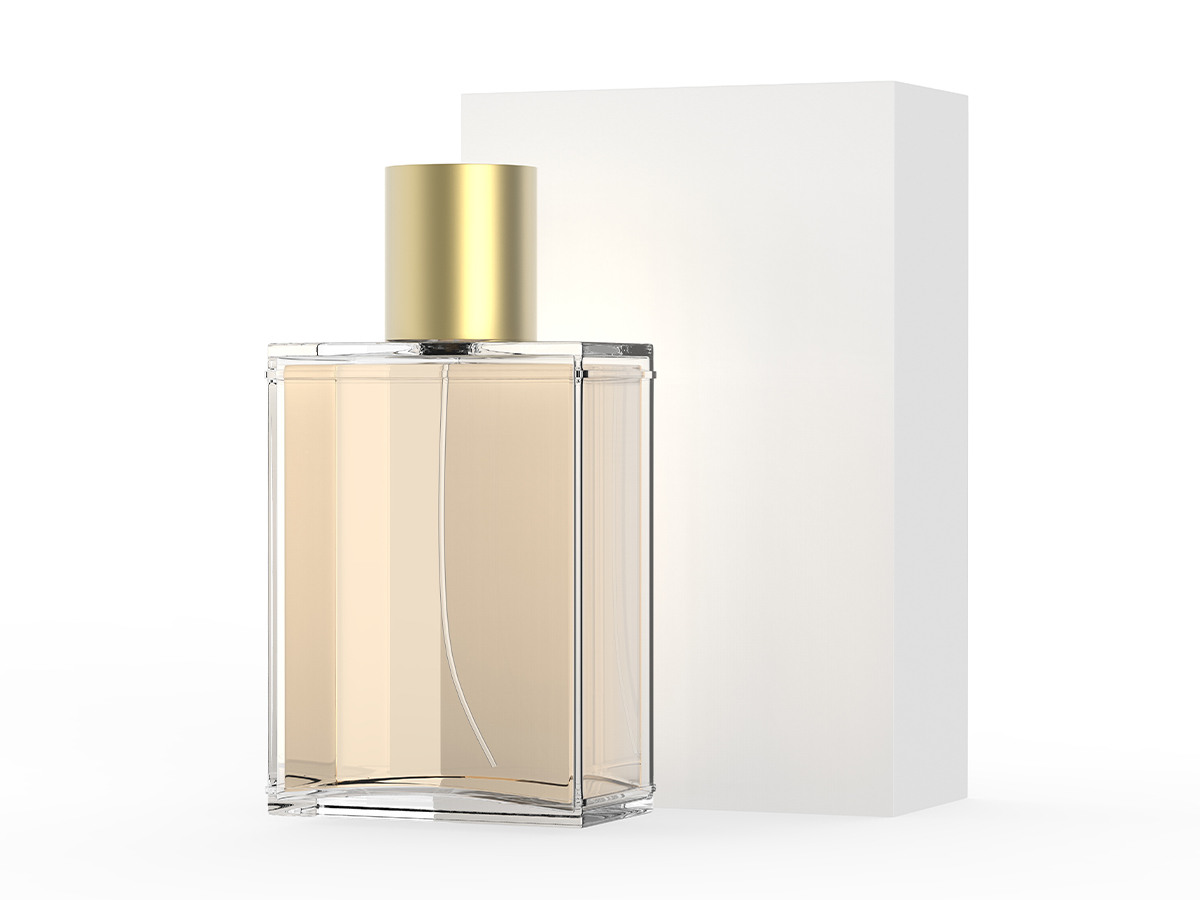
Perfume prices have climbed by 8% in the past year due to inflation. Increased costs for ingredients, packaging, and logistics are the main factors.
In response, consumers are purchasing smaller quantities, looking for sales and discounts, and choosing more affordable brands or alternatives. Many are also using their current perfumes more sparingly to make them last longer.
Light Fixtures
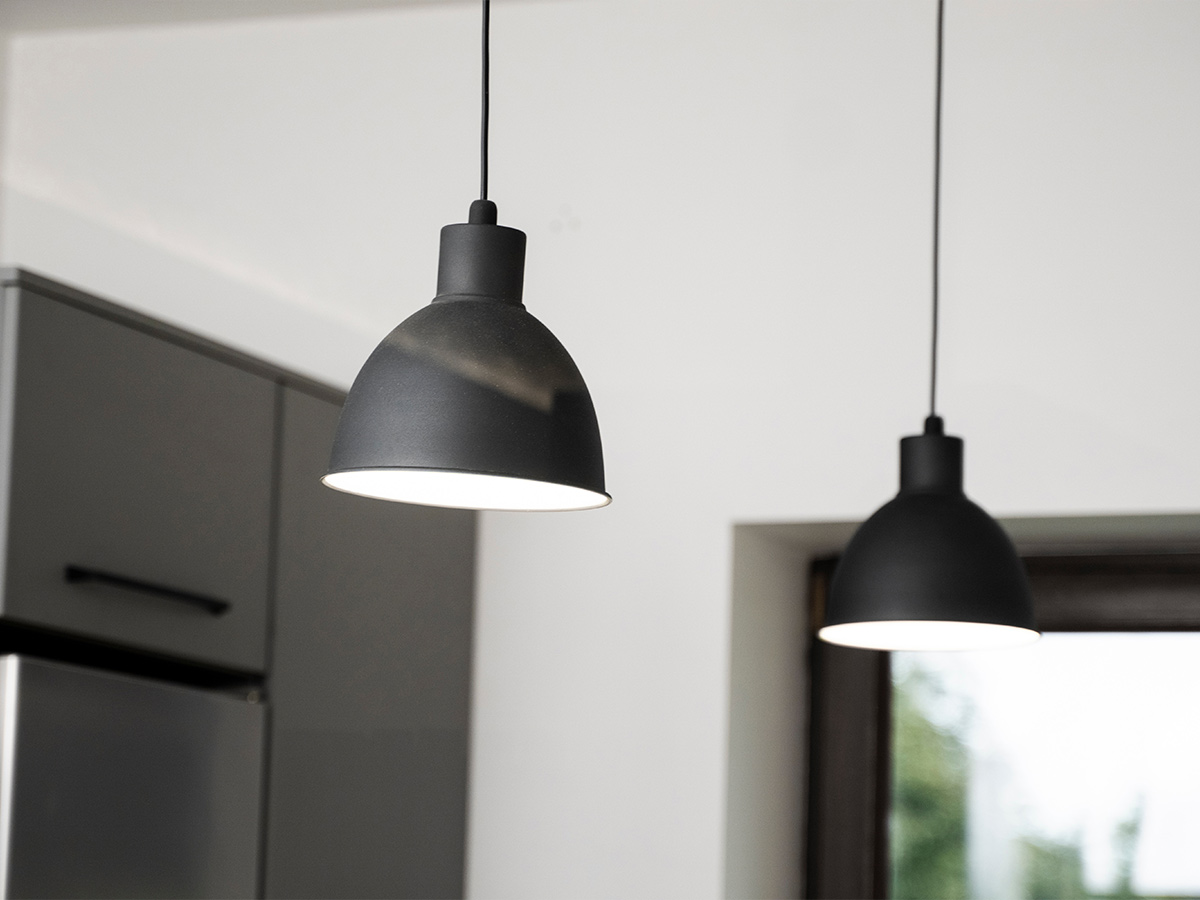
The cost of light fixtures has increased by 5% over the past year due to inflation. This rise is driven by higher prices for materials such as metals and glass, as well as increased manufacturing and transportation costs.
To help avoid these rising prices, consumers are responding by looking for discounts, considering energy-efficient options to save on long-term costs, and shopping at online retailers for better deals.
Haircare Products

Inflation has notably impacted haircare products, with prices for essentials like shampoo and conditioner increasing by approximately 8% over the past year. Consumers are adapting by turning to cost-saving alternatives, such as making DIY hair treatments using household ingredients like baking soda and vinegar or choosing multipurpose products to reduce costs.
Some are also extending the time between washes or haircuts, opting to go without certain styling products altogether.
Bedding

Bedding prices have increased by 6% over the past year due to inflation. The rise is attributed to higher costs for raw materials like cotton and polyester, increased labor expenses, and supply chain disruptions.
These factors have made production and transportation more expensive, leading to higher retail prices. Consumers are adjusting by seeking sales, buying second-hand items, or extending the use of their current bedding to manage costs.
 Author
Ron Winkler
Last Updated: July 06, 2025
Author
Ron Winkler
Last Updated: July 06, 2025